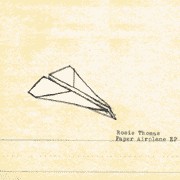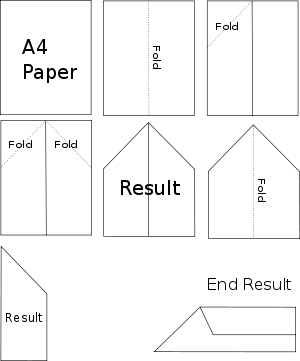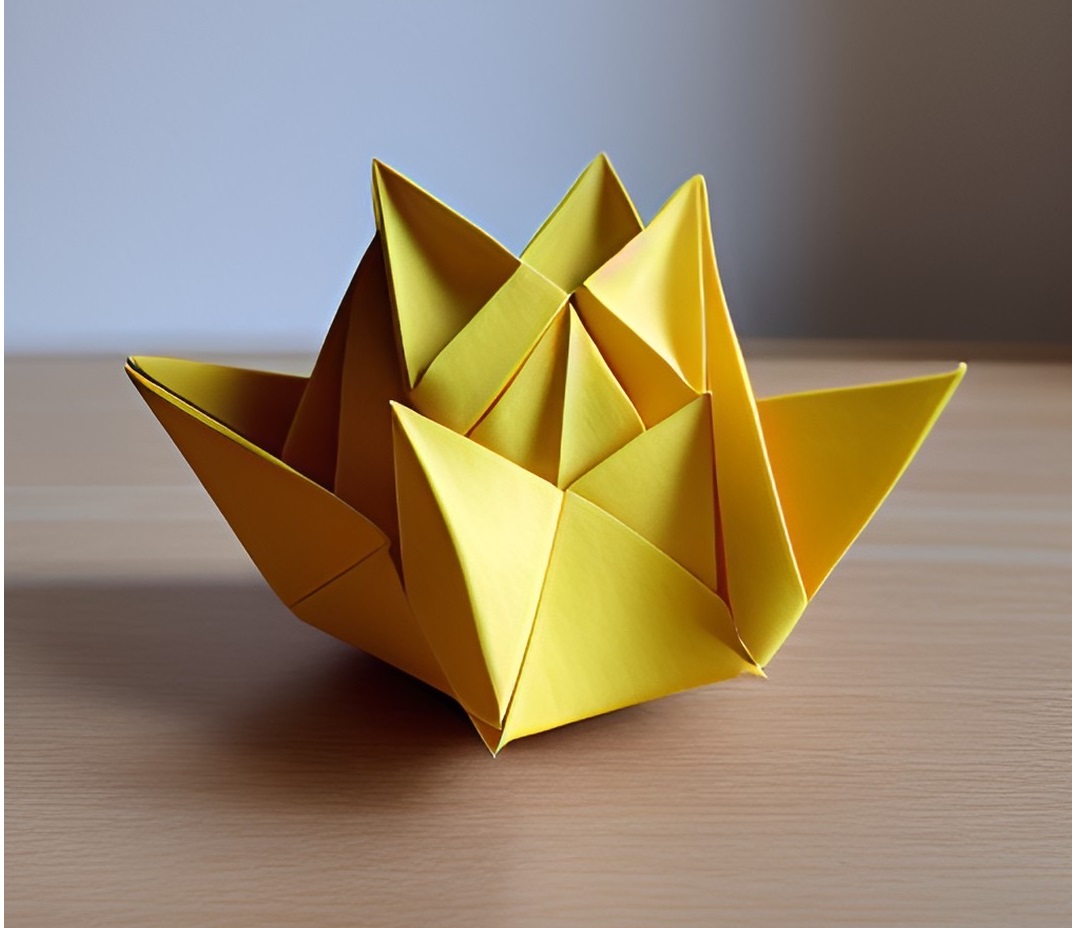Making Paper Airplanes: From Childhood Fun to Creative Artistry and Beyond
Making paper air planes is still a popular pastime. For the grownups, this healthy pursuit can bring back cherished childhood memories. Why not?
From Paper Planes to Origami 🚀How about a simple sheet of paper and a trip down memory lane to solve stress and boredom? Rediscover the simple magic of making paper airplanes, learning tricks to make them fly farther, or folding stunning origami art like an Ancient Dragon.
Find more about crafts and experiments.
Why might you enjoy origami so much? It lets us express our creativity and exercise problem-solving skills. It also helps to relax and reduce stress. With every piece created, you can challenge yourself to improve. Here are a few things to consider:
- Making and flying paper airplanes is a creative and playful activity that lets people express their imagination and explore different design possibilities. Designing and folding the paper to create a flying object that can soar through the air is fun.
- Making and flying paper airplanes brings back childhood memories for many people. The activity is simple and inexpensive, and it can evoke a sense of nostalgia for simpler times.
- Making and flying paper airplanes is a relaxing and meditative activity that helps people unwind and reduce stress. You have to focus and concentrate, so you can forget about your worries.
- A sense of accomplishment and pride can come from making and flying a paper airplane. It boosts confidence and self-esteem because it's a tangible result.
Maybe this is the exception to the rule that the best things in life are never easy. Making a cheap air plane should be easy and fun.
One thing you need is a sheet of paper. Just a plain sheet of paper will do, no scissors, glue, or clips needed. If anybody said paper air planes are one of the greatest inventions, they couldn't have been more wrong. Paper planes are fun for everyone, no matter their age.
No. Not just for kids; even the elderly and disabled can make and enjoy paper planes. Usually with the kids, but whatever...
What to do with these air toys.
Throw your paper air plane in the park if you want to play with your pet. Maybe even pass notes from one corner of class to another, if you're good at it. It could lead you to the principal's office, so be careful.
You can race paper airplanes to see whose goes the furthest. Decorate your plane with your favorite colors and graphics.
How do you make the perfect origami paper plane? You can try out a lot of designs. You can even find creative and innovative new ideas on the internet. The Deltry, Moth, Tumbler, Canada goose, and others are some popular paper airplane designs.
Simple paper air planes
Here is a basic design to get you started.
You can find other easy-to-fold designs and illustrations on the web that can help you build this flying machine. In general, you'd:
- Get a sheet of paper that's 8 12.6 x 11 For a good sturdy plane, you'll want some thick paper.
- Your flying model will be more efficient if you make tight folds.
- For tricks like loops and curls, crease the tips of the wings. Don't bend too much or you'll crash land in no time.
- Try throwing your origami paper plane off a high area if you want it to do a backward dive. You can try this trick on a balcony or maybe the stairs.
- When you drop the plane, you might want to fold the tips up and point the nose at the sky.
You can launch your master craft indoors or outdoors; no harm done. Kids love paper planes because they keep them occupied and out of trouble. Yeah, usually.
When you've got some free time, why not make a paper plane? Making paper airplanes isn't rocket science. We can all do it.
That's the beauty of this hobby. Grab a piece of paper and let your creativity fly. Take a trip down memory lane. Have a great flight!
Beyond paper air planes
Want something different? You can challenge yourself and have fun with origami! Here are some advanced origami models you might like:
- The Kawasaki Rose is an origami model that looks like a real rose. It takes a while, but the end result is worth it.
- Ancient Dragon: The Ancient Dragon is a complex and intricate model that takes patience and skill. Many small details go into it, so it can take several hours.
- A stunning origami model of the mythical bird, the phoenix. Many intricate folds and details make it a challenging but rewarding project.
- Ryujin 3.5: This is a highly advanced origami model known for its beauty and complexity. Scales and claws take weeks to make, and there's a lot of intricate detail.
- An origami model of a tree frog featuring a realistic representation. It takes a lot of folding and some advanced techniques, but it's worth it.
When you're working on advanced origami models, take your time and be patient. Take breaks and come back to your project later if you need to. Enjoy!
Like it? There are many more on the Youtube channel I created.
Navigate back from Paper Air Planes to the Weather Man webpage now.
Search this site for more information now.
Here you will find fun, cheap thrills
The best things in life are free. Well the sport of making paper air planes comes pretty close.
Do you have concerns about air pollution in your area??
Perhaps modelling air pollution will provide the answers to your question.
That is what I do on a full-time basis. Find out if it is necessary for your project.
Have your Say...
on the StuffintheAir facebook page
Other topics listed in these guides:
The Stuff-in-the-Air Site Map
And,
Thank you to my research and writing assistants, ChatGPT and WordTune, as well as Wombo and others for the images.
OpenAI's large-scale language generation model (and others provided by Google and Meta), helped generate this text. As soon as draft language is generated, the author reviews, edits, and revises it to their own liking and is responsible for the content.




New! Comments
Do you like what you see here? Please let us know in the box below.